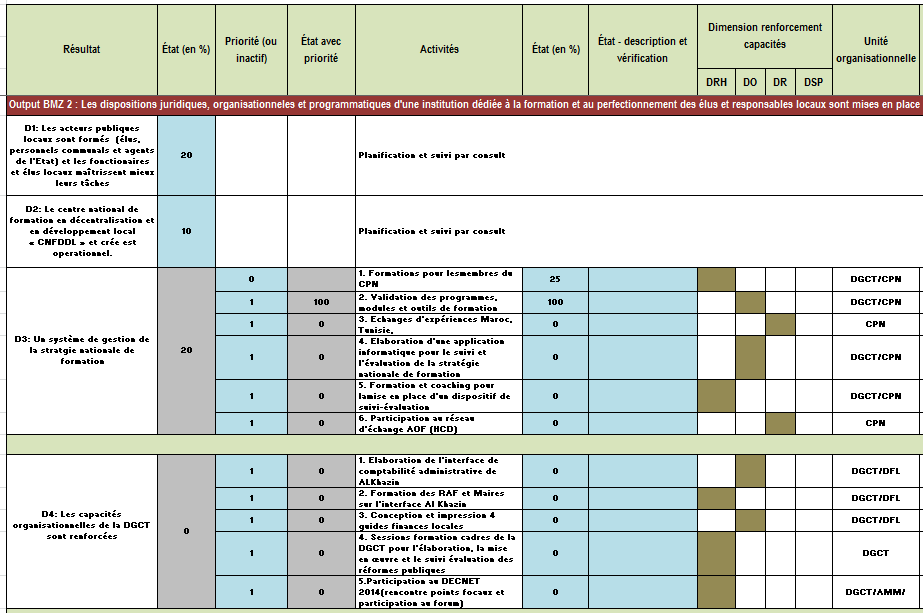Monitoring & Evaluation officers naturally deal with a lot of data. It is part of their job to collect and process them, and to prepare them for reporting. Especially when confronted with numbers, most people’s first intuition is to open an Excel file and start a table. This is a smart choice considering that:
- most people have Excel installed on their computer,
- it's free (after you have purchased the Microsoft office package – which most organizations have),
- it's relatively easy to use after some practice,
- there are a lot of online help pages, manuals and video tutorials available for free.
Looking at these benefits, it makes perfectly sense to begin managing your monitoring data in an Excel file. Excel gives you a structured format for convenient data entry. It also enables you to quickly analyze the data by applying basic formulas or creating charts.
Connecting it with Microsoft Power BI further enables you to create customized dashboards with visualizations of your datasets.

So far, so good. But experience has shown that this typically only works in projects with simple monitoring systems. Because unless you work mostly alone on your file and you are dealing with a small data set, you will soon run into two problems. We can call them the “file problem” and the “amount of data problem”. They are almost inevitable, even for experienced Excel users with sophisticated tools.
The file problem: When handling the Excel file in a group of people or sending it around for staff in different locations to fill in their information, the file will most likely develop a life of its own. With every e-mail it will multiply, because every recipient will download the attachment and start making adjustments. Numerous parallel versions come into being. This means:
- It can become unclear who has the most-up-to-date version of the file on their computer. People might accidentally work in an old version.
- The M&E officer needs to invest quite some time to integrate the different files into one.
The amount of data problem: When your organization grows and the project periods become longer (which as such is a great success!), so will your dataset and the requirements for monitoring. You will add and add new lines, spreadsheets, links and formulas. If you have cross-linked the data in many ways, created analysis and overview pages, it becomes very hard to add or change something without spending exceptional time and effort or accidently destroying some of the links.
At this point, working with Excel becomes a time-consuming hassle. It might be time to switch to a database (mitigating the amount of data problem) that is hosted online (solving the file problem). The advantages of a web-based M&E tool include:
- Everyone involved in the monitoring process collaboratively works in the same system and decentralized data entry is no problem - without sending around e-mails.
- Everybody always works in the latest version of the system.
- There are no limits to data set size.
- Overview or analysis features function regardless of the amount of entered data.
- Web-based tools typically have features that help you manage data, i.e. notify you of deadlines, make transparent who entered what data when, and allow you to reset older versions in case of mistakes.
Learn more about the strengths of web-based database solutions on our WebMo homepage!


